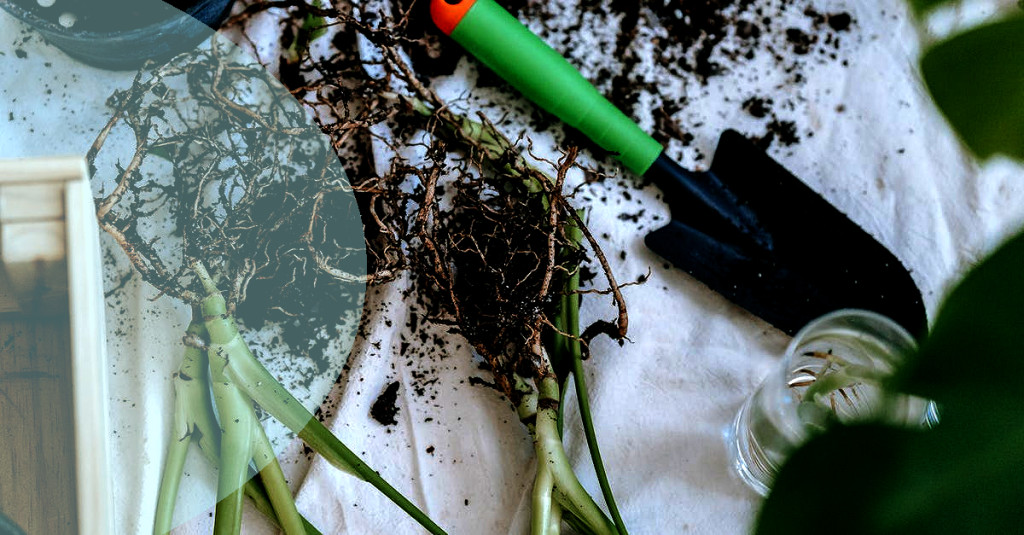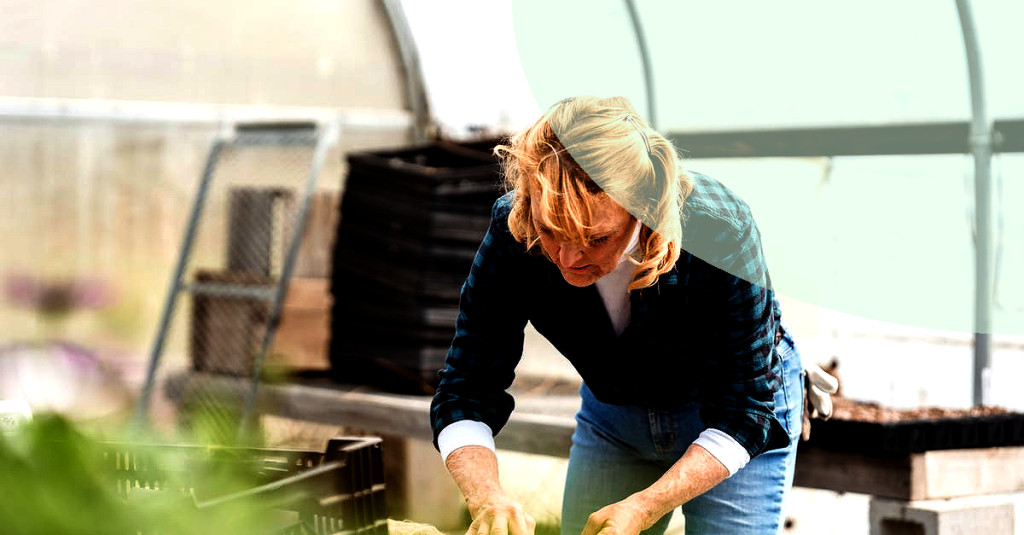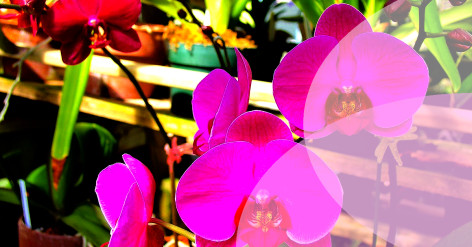How to Grow Lettuce in Your Garden

Choosing the Right Spot
Lettuce is one of the easiest and most rewarding vegetables to grow in your garden. Not only is it fresh and tasty, but it's also a great source of vitamins and antioxidants. Plus, growing your own lettuce is cheaper and more sustainable than buying it at the grocery store. In this article, we'll provide you with a step-by-step guide to growing lettuce in your garden.
Preparing the Soil

The first step to growing lettuce is finding the right spot in your garden. Lettuce likes cool temperatures and plenty of sunlight, but it can also tolerate some shade. It's best to choose a location that gets at least six hours of sunlight a day. If you live in a warmer climate, consider planting your lettuce in partial shade to prevent it from bolting.
Planting the Seeds
Lettuce likes well-draining soil that's rich in organic matter. Before planting, loosen the soil to a depth of at least 12 inches and remove any rocks or debris. Then, mix in some compost or aged manure to improve the soil's fertility. Avoid using fresh manure, as it can burn the lettuce plants.
Watering and Fertilizing
Lettuce seeds are small and easy to plant. Simply scatter them over the prepared soil and cover them with a thin layer of soil. Water the soil gently to avoid washing away the seeds. Lettuce seeds usually germinate in 7-14 days.
Related articles
Harvesting Your Lettuce
Lettuce needs even moisture to grow properly, so make sure to water it regularly. Aim to water it deeply once or twice a week, depending on the weather conditions. Avoid getting water on the lettuce leaves, as this can cause them to rot.
If you want to give your lettuce an extra boost, you can fertilize it with a balanced fertilizer once a month. Be sure to follow the instructions on the label carefully to avoid over-fertilizing.
Common Problems and Solutions
Lettuce is ready to harvest when the leaves are large enough to eat. You can either harvest individual leaves or cut the entire head off at the base. If you want to extend your harvest, you can pick only the outer leaves and let the inner leaves continue to grow.
Conclusion
Lettuce can occasionally have problems with pests and diseases. Here are some common issues and how to solve them:
- Aphids: These small insects can be washed off with a strong jet of water or sprayed with neem oil.
- Slugs and snails: These pests can be deterred with copper tape or crushed eggshells around the plants.
- Powdery mildew: This fungal disease can be prevented by spacing the plants out properly and avoiding overhead watering.
Growing your own lettuce is a fun and rewarding experience. By following these tips and tricks, you can enjoy a bountiful crop of fresh, tasty lettuce in your own garden. Remember to choose the right location, prepare the soil, water and fertilize regularly, and be on the lookout for pests and diseases. Happy gardening!
Helpful Links:




